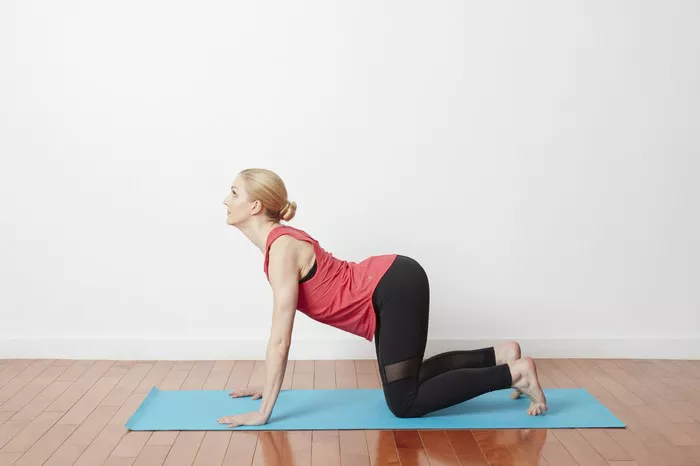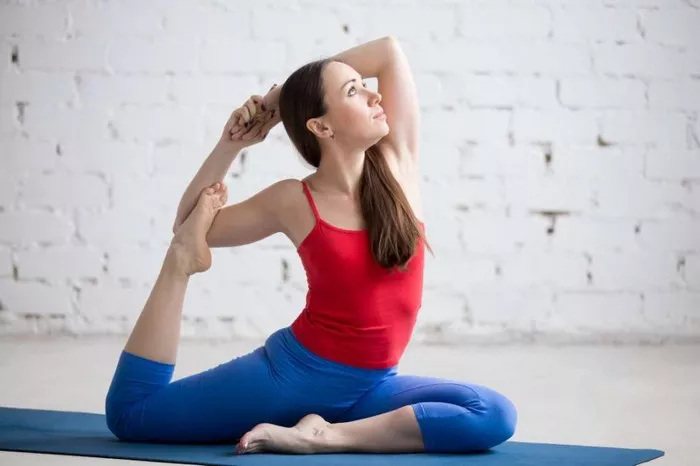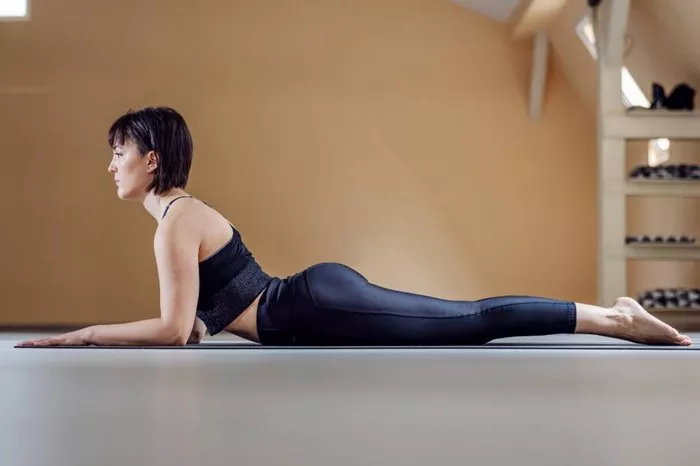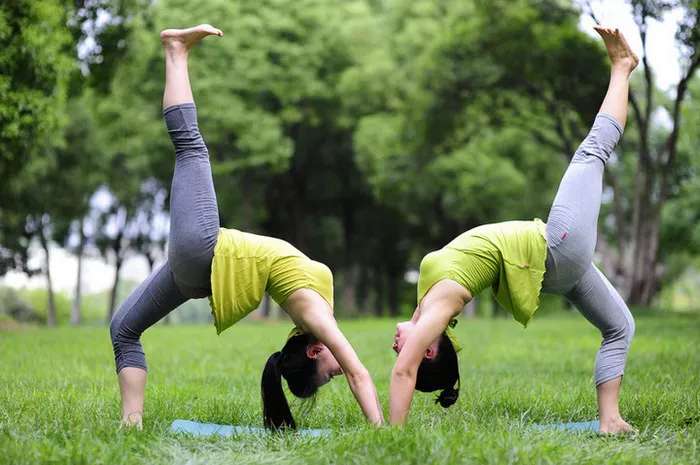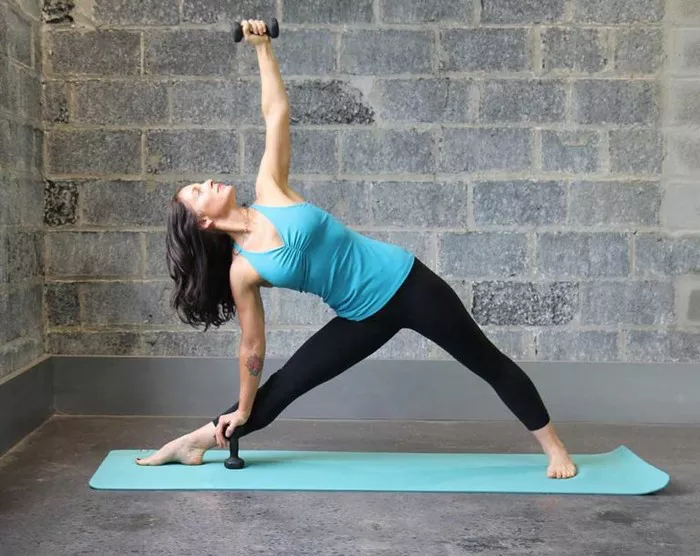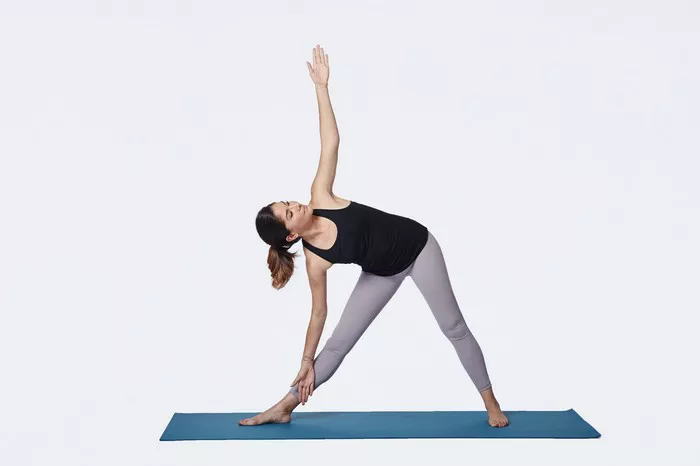As individuals age, maintaining physical health and well-being becomes increasingly important. One practice that has gained popularity for its ability to promote flexibility, mobility, and overall wellness is yoga. Specifically tailored yoga poses for seniors can offer numerous benefits, helping to improve balance, posture, and joint health. In this article, we’ll explore a selection of yoga poses suitable for seniors, focusing on their precise execution and the potential advantages they offer.
Mountain Pose (Tadasana):
Mountain Pose serves as an excellent foundational posture for seniors, emphasizing alignment and balance. To perform this pose:
- Stand with feet hip-width apart, toes pointing forward.
- Distribute weight evenly across both feet.
- Engage thigh muscles and draw the belly in.
- Roll shoulders back and down, with arms relaxed by the sides.
- Gaze straight ahead, chin parallel to the ground.
- Hold the pose for several breaths, focusing on steady inhales and exhales.
Chair Pose (Utkatasana):
Chair Pose helps strengthen lower body muscles and improve balance, making it beneficial for seniors looking to enhance stability. Here’s how to do it:
- Begin in Mountain Pose.
- Inhale and raise arms overhead, palms facing each other.
- Exhale and bend knees, as if sitting back into an imaginary chair.
- Keep weight in heels and knees in line with toes.
- Lengthen through the spine and keep chest lifted.
- Hold the pose for a few breaths before returning to standing.
Tree Pose (Vrikshasana):
Tree Pose challenges balance and focus while promoting leg strength and stability. Seniors can modify this pose as needed to accommodate their abilities:
- Start in Mountain Pose.
- Shift weight onto one foot and lift the opposite foot, placing the sole against the inner thigh or calf of the standing leg.
- Avoid placing the foot directly on the knee joint to prevent strain.
- Bring hands to prayer position at the heart or extend them overhead.
- Find a focal point to aid balance and hold for several breaths before switching sides.
Cat-Cow Stretch (Marjaryasana-Bitilasana):
Cat-Cow Stretch is a gentle movement that helps seniors improve spinal flexibility and relieve tension in the back. Here’s how to perform it:
- Begin on hands and knees in a tabletop position, wrists aligned under shoulders and knees under hips.
- Inhale, arch the back, and lift the chest and tailbone toward the ceiling (Cow Pose).
- Exhale, round the spine, and tuck the chin toward the chest (Cat Pose).
- Flow smoothly between Cat and Cow, syncing movement with breath.
- Repeat for several cycles, focusing on the fluidity of the motion.
Warrior II Pose (Virabhadrasana II):
Warrior II Pose helps seniors build strength in the legs and core while opening the hips and chest. To practice this pose:
- Begin in a wide stance, with feet about 3-4 feet apart.
- Turn right foot out 90 degrees and left foot slightly inward.
- Bend the right knee over the right ankle, keeping the thigh parallel to the ground.
- Extend arms out to the sides at shoulder height, palms facing down.
- Gaze over the right fingertips and hold the pose, breathing deeply.
- Repeat on the other side after a few breaths.
Bridge Pose (Setu Bandhasana):
Bridge Pose helps seniors strengthen the back, glutes, and hamstrings while opening the chest and shoulders. Follow these steps to perform it safely:
- Lie on your back with knees bent and feet hip-width apart, heels close to the hips.
- Press into the feet and lift the hips toward the ceiling, engaging the buttocks and thighs.
- Keep shoulders grounded and interlace fingers under the back, pressing arms into the floor.
- Lengthen the tailbone toward the knees to avoid compressing the lower back.
- Hold the pose for several breaths, then release the hips back down.
Seated Forward Bend (Paschimottanasana):
Seated Forward Bend offers a gentle stretch for the back, hamstrings, and calves, making it ideal for seniors seeking to improve flexibility. Here’s how to practice it safely:
- Sit on the floor with legs extended in front, feet flexed and together.
- Inhale to lengthen the spine, then exhale to hinge forward from the hips.
- Reach for the feet, shins, or thighs, depending on flexibility.
- Keep the back straight initially, then allow it to round gently as you deepen the stretch.
- Hold the pose for several breaths, feeling the stretch along the back of the body.
Corpse Pose (Savasana):
Corpse Pose serves as a relaxation and meditation posture, allowing seniors to unwind and integrate the benefits of their practice. Follow these steps to practice Savasana effectively:
- Lie on your back with legs extended and arms by your sides, palms facing up.
- Close the eyes and allow the body to relax completely, releasing any tension.
- Focus on the breath, allowing it to become slow and steady.
- Remain in the pose for several minutes, letting go of thoughts and distractions.
- To exit the pose, gently deepen the breath and gradually bring awareness back to the body.
Conclusion
Incorporating these yoga poses into a regular practice can provide seniors with a range of physical and mental benefits, from improved flexibility and balance to enhanced relaxation and stress relief. However, it’s essential for seniors to practice safely and modify poses as needed to suit their individual abilities and any existing health conditions. Consulting with a qualified yoga instructor or healthcare provider can help ensure a personalized and appropriate practice regimen. With consistent practice and proper guidance, seniors can experience the transformative power of yoga in their lives.

